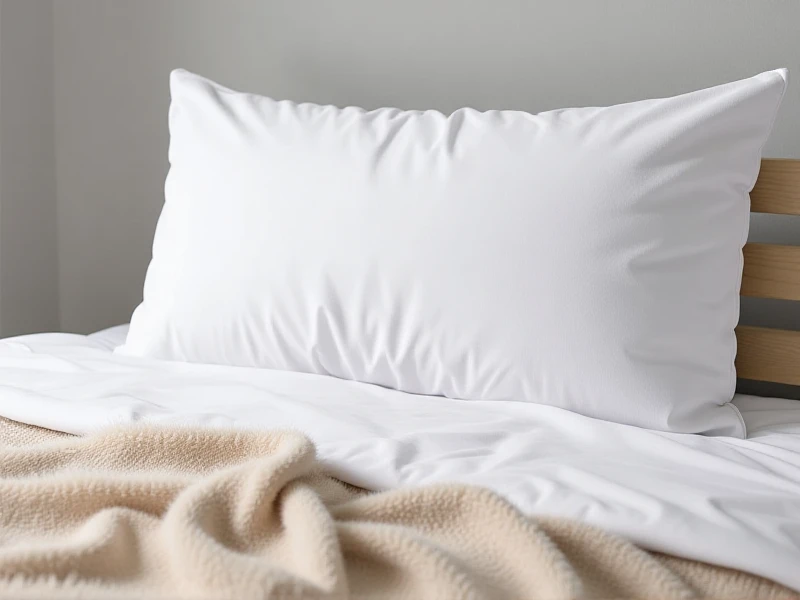Unlock the Secrets of Textiles: From Fibers to Eco-Friendly Futures

Textiles envelop us daily, quite literally. Beyond the clothes we wear, they fill our homes as curtains, upholstery, and linens, line our cars, protect industrial equipment, and transform healthcare spaces. This remarkable industry touches nearly every aspect of modern life, constantly innovating while rooted in ancient practices.
At its core, textiles begin with fibers. These can be natural - like cotton, wool, silk, and linen, prized for their comfort and breathability - or synthetic - like polyester, nylon, and acrylic, valued for durability, resilience, and often affordability. The transformation of these fibers into woven fabrics, knit fabrics, or non-woven fabrics involves sophisticated techniques. Spinning turns short fibers into yarn, weaving interlaces these yarns at right angles, and knitting loops them together, creating the diverse fabrics that define countless products.
The modern textile industry is vast and multifaceted. It encompasses everything from bulk commodity production to highly specialized technical textiles engineered for specific performance: fire-resistant garments for firefighters, sterile medical drapes, lightweight yet incredibly strong composites for aerospace, or geotextiles for soil stabilization. This sector is a powerhouse, driving global trade and employment.
However, today's consumers and industries demand more than just functionality. Sustainability is paramount. Thankfully, innovation thrives. The rise of eco-friendly textiles includes fabrics made from recycled plastics (like PET bottles), organic farming methods eliminating harmful pesticides in cotton production, exciting new materials derived from bamboo, hemp, and even agricultural waste, plus advanced natural dyeing processes minimizing water pollution. Biodegradable polymers are easing landfill burdens, while greater transparency throughout the supply chain allows responsible choices. This crucial shift towards a circular approach, prioritizing renewable resources and recyclability, is reshaping the future of fabrics.
Exploring textiles reveals a fascinating interplay between traditional craftsmanship, cutting-edge technology, and urgent environmental responsibility. Did you know researchers are developing fabrics that change color, monitor health vitals, or generate energy? From humble origins to high-tech marvels, advancing textile sustainability remains a core challenge and exciting frontier. Whether rethinking entire production cycles or discovering novel sources for durable, non-toxic fibers, the quest for responsible fabrics defines the next chapter. The findings in 2023 show immense progress, yet the journey towards truly circular textiles demands continued innovation and conscious support from both businesses and consumers globally. Dive deeper into this ever-evolving world; understanding textiles empowers smarter choices for people and planet alike. Subscribe now for exclusive insights shaping the future of fabrics!